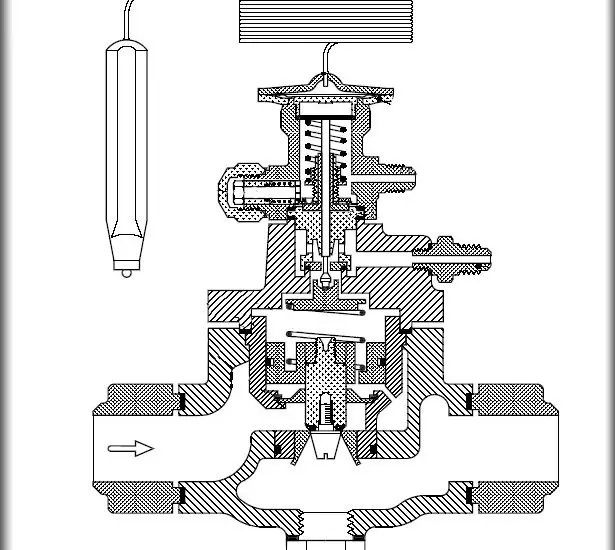Is your expansion valve icing up? This comprehensive guide will walk you through the steps on how to resolve the problem.

Steps to Fix Expansion Valve Icing Up
Resolving an ice issue on the expansion valve requires careful attention and a methodical approach. Here are the detailed steps:
Turn off the System: Safety is paramount. Shut down the system to avoid injury and to stop the cooling cycle, which will prevent further ice buildup. Disconnecting the power will ensure that the system doesn’t restart unexpectedly.
Inspect the Valve: Use a flashlight to carefully inspect the valve and adjacent pipes for signs of ice, frost, or other abnormalities. Take note of any visible damages or unusual conditions, as these can be critical for further diagnosis.
Allow Ice to Melt: If ice is present, allow it to melt naturally or use a hairdryer on a low setting to gently thaw it. Avoid using any sharp tools, as this can damage the valve or pipes.
The Dyson Supersonic™ Hair Dryer on Amazon can be used to thaw the ice.
Check for Clogs or Obstructions: Using appropriate tools, inspect the valve for any clogs, dirt, or other obstructions. If you can remove them without force, do so. Otherwise, consult a professional to avoid causing further damage.
Consult with a Professional Technician: If the problem seems complicated, or if the valve requires disassembly, don’t hesitate to call a qualified technician. They will have the necessary tools, expertise, and experience to diagnose and fix the problem safely and efficiently. Always consider professional help if unsure, as incorrect handling can lead to further complications and costly repairs.
Check out these other related articles…
Expansion Valve Working Principle: A Comprehensive Guide
Types of Expansion Valve in Refrigeration System: Easy Guide
Thermostatic Expansion Valve in a Refrigeration System: Easy 411 Guide
Thermostatic Expansion Valve Working Principle: Easy Guide
Car AC Expansion Valve Noise: Easy Diagnosis & Repair
Causes of Expansion Valve Icing Up
Now that we’ve shown you how to fix this issue, let’s reveal the factors that can lead to the expansion valve icing up. Understanding these causes is crucial for preventing the issue:
Low Refrigerant Charge: A low refrigerant charge causes reduced pressure and temperature within the valve. When temperatures fall below freezing, ice forms around the valve. Regular checks for leaks and maintaining the proper charge with professional equipment are critical to preventing this problem.
Stuck Valve: Mechanical failure, dirt, corrosion, or other obstructions may cause the valve to become stuck. This can create a bottleneck effect, where the refrigerant’s pressure and temperature drop suddenly, causing freezing. Regular cleaning, inspection, and professional maintenance can help in the early detection and fixing of a stuck valve.
Moisture in the System: Any water or moisture in the refrigerant system can lead to ice formation at the valve. This may be caused by improper vacuuming during installation or service, a leak in the system, or a malfunctioning dryer/filter. Seeking professional help to identify the source and remove the moisture is usually the safest course of action.
